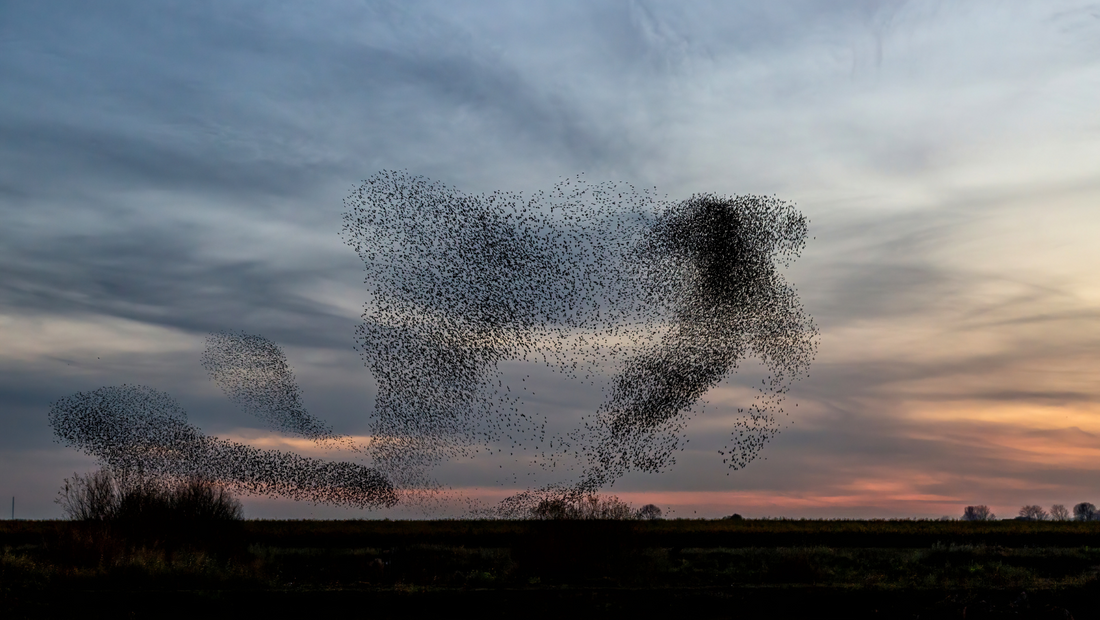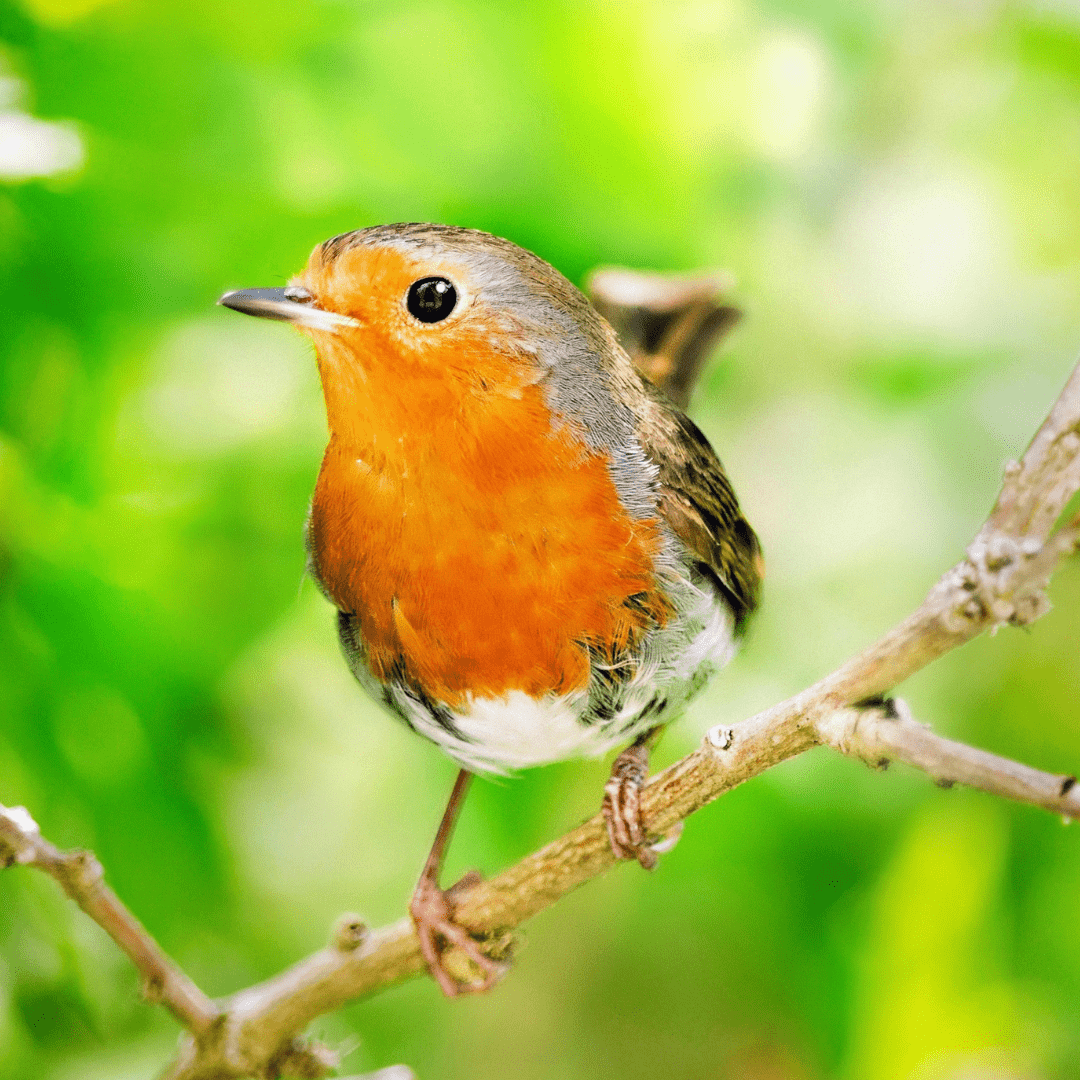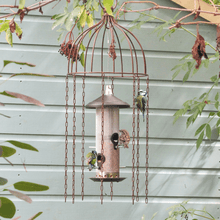What is a starling murmuration?

Have you ever been lucky enough to watch a starling murmuration? Did you wonder what made them decide to flock together, and how they perform such beautiful displays in the sky? In the winter our starling population is joined by birds from Scandinavia, who visit us for our relatively mild weather. During the day, the birds will move in a small flock to feed and can often be seen (and heard) in the treetops as they look for something to eat. At dusk, thousands of starlings will come home to roost together, and on some nights will perform a stunning, synchronised dance before finally settling for the night. The entire flock consists of as many as 100,000 birds and they all seem to move together, as if performing a rehearsed dance routine. The sound of thousands of wings beating together as starlings perform their evening acrobatics creates a low hum (or murmur) in the air, which is why we refer to it as a murmuration.
Why do starlings murmurate?
Many hypotheses have been put forward for the synchronised movements performed by the starlings. In the 1930s it was thought that starlings possessed psychic powers, but we now have other ideas. One theory suggests that their movements are related to sound. Scientists have performed 3D analysis of murmurations and compared the birds’ movements with the way electrons move when nearby particles have been magnetised. Another theory is that starlings are sharing information about where to find the best supplies of food (as bees do when they return to the hive), but neither of these theories has been backed up with much proof. The most likely reason for starling murmurations is thought to be to share body heat and distract predators. The movement of thousands of birds swooping and diving above the roosting site may increase the air temperature by a few degrees, making the cold winter nights more bearable. And a huge flock of birds creating ever-changing shapes in the sky is far harder for birds of prey to target. Raptors rely on being able to lock focus on their prey, but struggle to pick out one bird from an ever-changing, ever-moving flock. There is safety in numbers too - starlings can look out for one another as they fly together.
HOW DO THEY KNOW THE ROUTINE?
Murmurations are so well coordinated, it certainly looks like there has been some planning involved. No one knows how starlings evolved to perform such beautiful collective movements, and they are the only birds that do so. Each bird is travelling at a steady speed of up to 90mph, and takes his or her cues from the six or seven nearest starlings in the flock. When one starling copies those around it, the whole flock seems to move together, a little like the way an avalanche is caused when the movement of individual snowflakes affects those closest by. Starlings have incredible vision and reaction times far quicker than our most elite athletes, which is why they don’t collide mid-air.
How can I watch a murmuration?
Starlings roost all over the UK and you can watch them murmurate over woodland, reedbeds, cliffs, buildings and industrial sites from October to March (December and January are peak times). Some of the most famous spots for starling spotting are Brighton Pier, Minsmere, Ham Wall in Somerset and Gretna Green, and starlingsintheuk.co.uk keep up to date maps with details of where to watch local birds. Arrive at least an hour before sunset and wrap up warm to watch the starlings perform their synchronised dance before they all swoop down to roost as the light fades. Starlings need a group of at least 500 birds to murmurate, so you won’t see them every night, and they tend to start earlier on a dull or cloudy day and later when the skies are clear. It is almost as incredible to watch starlings as they take off from their roosting spots just after sunrise.
Aren’t starlings pests?
If you have a crew of starlings in your garden (like I do in mine), you’ll know that they have a tendency to swoop in as a noisy flock and empty your bird feeder in minutes, leaving a huge mess and scaring smaller birds away. But we need to remember that starlings are gregarious birds and that flocking is what they have evolved to do (and the reason they perform the beautiful murmurations we love to watch). Starlings are on the British Trust for Ornithology’s red list, meaning they are considered endangered in the UK because natural food sources and habitats are in decline. Although breeding success rates have improved, overall survival rates have decreased, particularly for juvenile birds. Starlings can be a valuable asset in our gardens - they eat leatherjackets (crane fly larvae) which would otherwise eat the roots of your plants and are often responsible for making lawns look unsightly. To encourage starlings to hoover up your leatherjackets, keep areas of your lawn fairly short and resist the urge to make it a monoculture, instead allowing low growing plants like daisies and clover to grow and set seed. Pesticides will kill off the leatherjackets, but also the birds that forage for them, so it is always best not to use them. Starlings enjoy mealworms and suet but aren’t fussy and will happily hoover up whatever is put out for them.
I hope you get the opportunity to watch a murmuration this winter - it always helps me fall back in love with the starlings that come to visit our garden.


















